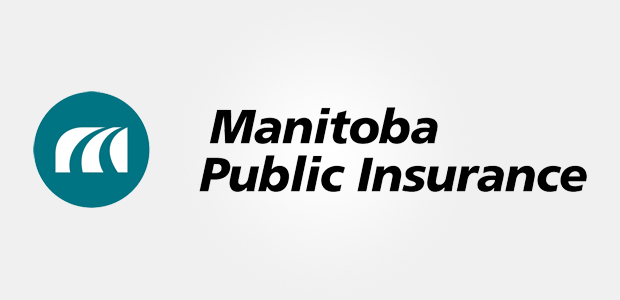One in 10 Manitoba drivers who participated in voluntary roadside surveys conducted last fall tested positive for drugs, according to findings released from the Manitoba Drug and Alcohol Roadside Survey.
The purpose of the study was to establish a baseline for current drug and alcohol usage on Manitoba roadways. Of the 1,230 drivers who participated, 124 tested positive for some form of drug.
In total, 53 per cent of drivers with drugs in their systems tested positive for cannabis, 31 per cent for cocaine, 12 per cent for opioids, and two per cent each for benzodiazepines and amphetamines / methamphetamines. Twenty two per cent of these drivers tested positive for more than one drug.
“Survey results are a clear indication that despite significant education and enforcement efforts, many Manitoba drivers continue to operate motor vehicles while impaired by drugs or alcohol,” said Crown Services Minister Ron Schuler. “Our government has committed to making legislative changes in response to the legalization of recreational use of marijuana and these results will help guide not only messaging related to the dangers of drug and alcohol use while driving, they will also provide a baseline from which we will measure the effects of both legislative changes and future enforcement efforts.”
Prairie Research Associates were contracted by Manitoba Public Insurance in the fall of 2016 to conduct anonymous, voluntary roadside surveys to measure drug and alcohol use while driving. This initiative involved the collection of breath and oral fluid samples – which were immediately destroyed after testing – to measure level of alcohol and screen for specific drugs.
Overall, 2.4 per cent of drivers produced a blood alcohol concentration (BAC) greater than nil. When that data was weighted for population and traffic flow, the proportion of Manitoba drivers who tested a positive BAC was 0.6 per cent.
“The low incidence of alcohol presence suggests that most Manitoba drivers are making the responsible decision to not drive after drinking,” said Ward Keith, vice-president, Loss Prevention and Communications, Manitoba Public Insurance.
“At 10 per cent, the prevalence of drugs in the tested drivers is significantly more common and extremely concerning. While the survey does not necessarily provide an indication of driving impairment, prevalence alone provides reason for concern and lends support for targeted drug driving awareness and other road safety interventions.”
Crash rate increases with drug use.
A recent medical study published by the British Medical Journal shows that crash rates for drivers under the influence of cannabis are two to six times higher than for drivers who are not impaired. The different rates are due to how much and how often drivers have smoked cannabis.
Data also shows that in 2013 (the last year available), 95 per cent of fatally injured drivers in Manitoba were tested for the presence of drugs in their system. Of those drivers, nearly 40 per cent tested positive for the presence of drugs.
Survey Highlights
- 28 of 1,230 drivers tested provided a breath sample with positive blood alcohol content.
- Drug use was noted in 124 drivers across all survey communities and among both males and females.
- Drug use was most prevalent in the 35-44 age group (14 per cent of drivers tested in that age group), although young drivers also tested positive for drug use (4 per cent of drivers aged 16-18 and 12 per cent of drivers aged 19-24).
- Results indicate that the most prevalent drug for both sexes was cannabis, representing 63 per cent of positive drug tests for men and 49 per cent of positive drug tests for women.
Survey Protocols
- The Manitoba survey was conducted in September 2016 in five Manitoba communities (Winnipeg, Brandon, Steinbach, Portage la Prairie and Thompson).
- Of 1,706 Manitoba drivers surveyed, 1,230 drivers (72 per cent) agreed to participate in providing voluntary breath and saliva samples, which were immediately destroyed after testing.
- Survey results provide an estimate of the prevalence of drug and alcohol use among drivers with a 95 per cent confidence interval of ± 2.8 per cent.
- Established national protocols developed by Transport Canada and the Canadian Council of Motor Transport Administrators were used to ensure the validity of the Manitoba survey results.
- Similar surveys have been conducted in British Columbia and Ontario.





